“There’s something completely different within the air now,” says Inderjit Singh, a 79-year-old farmer from Rajinder Nagar in Punjab’s Fatehgarh Sahib district.
“It feels cleaner. Birds sing all day, and once I stroll via the bushes I planted, it seems like a forest that belongs to all of us.” His voice carries the delight of a person who has watched life return to land as soon as left barren.
Not removed from his village, in Lang, 32-year-old Romanpreet Singh shares the same expertise. “We by no means imagined something might develop on that patch of land close to the crematorium. It was dry and forgotten. Now it’s buzzing with butterflies and birds, and it has created jobs for girls and youth. It introduced our village collectively.”
These reflections seize a bigger transformation taking root throughout rural Punjab. It’s a motion of ecological renewal and communal therapeutic, pushed by a rising community of native forests which might be reviving ecosystems, replenishing groundwater, and restoring dignity to those that take care of them.
One man’s love letter to Punjab – The imaginative and prescient behind the motion
The pressure behind this alteration is the Roundglass Basis, led by its founder, Gurpreet Sunny Singh, whose lifelong bond with Punjab fuels his imaginative and prescient of environmental and social renewal. He speaks of the land with reverence:
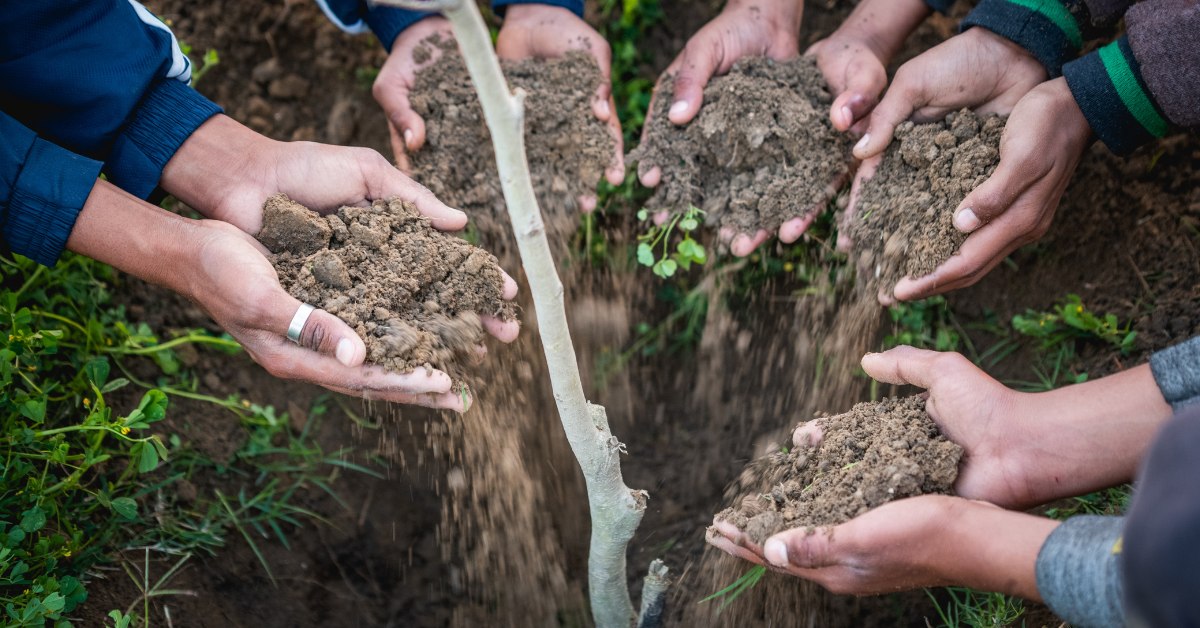
“Punjab is not only a state to me; it’s a respiration heritage. The environmental challenges we face usually are not remoted; they’re signs of a bigger disconnect between communities and nature. Our work is about restoring that bond, nurturing each land and life,” he tells The Higher India.
Commercial
For him, it’s not nearly planting bushes however about cultivating a future the place nature, tradition, and group develop in unison.
Guiding the inspiration’s afforestation efforts is Vishal Chowla, undertaking lead of The Billion Tree Venture (TBTP), an initiative to rebuild Punjab’s inexperienced cowl by reintroducing native tree species to depleted landscapes. He remembers the early days vividly:
“Once I first visited these villages, the soil was exhausted and the air heavy with air pollution. We knew planting bushes was important, however the true problem was to plant hope, livelihoods, and a way of possession among the many individuals.”
That seed of hope was first sown in March 2019, when the inspiration planted saplings on authorities land in Badaushi Kalan village. It was a modest begin, however rooted within the concept of reviving Punjab’s biodiversity with native species like desi beri, dhaak, phulai, and farah. These hardy bushes, as soon as central to the state’s pure id, restore soil and water techniques, assist wildlife habitats, and face up to local weather extremes.
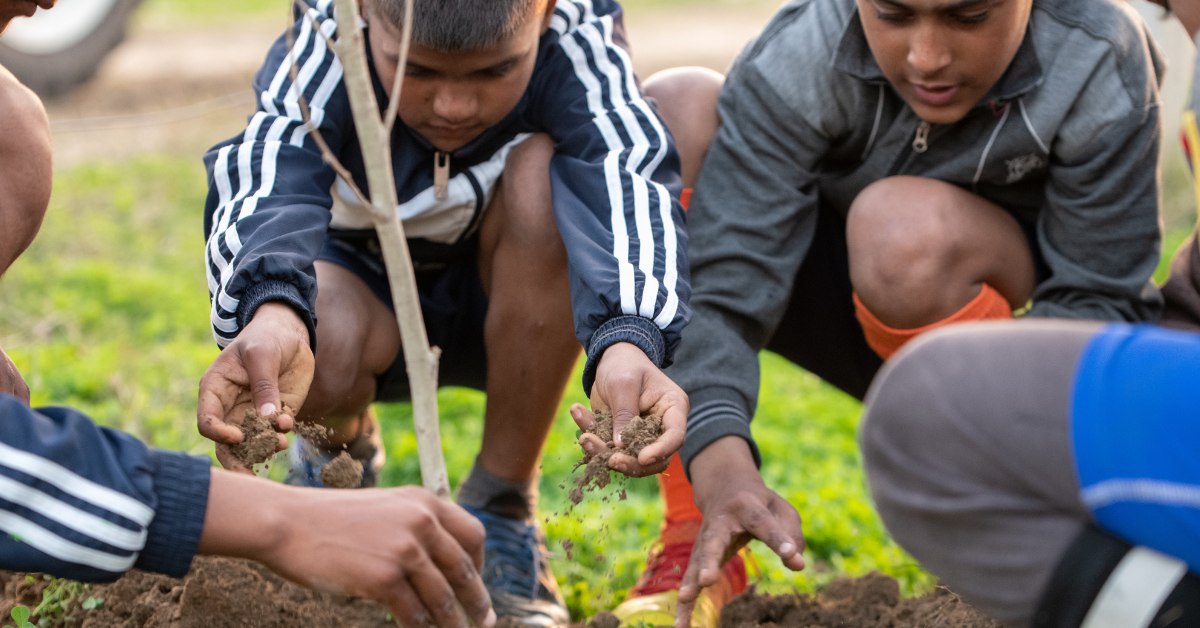
From that single pilot, the undertaking has unfold just like the roots of a forest, reaching over 1,600 villages with greater than three million native bushes planted. The mannequin is as a lot social as it’s environmental. TBTP stresses not solely planting but additionally long-term care. Saplings are nurtured for as much as 30 months, creating regular employment for native residents — particularly ladies and youth, who make up 70% of the caregiving workforce.
What occurs after planting? The work that issues
“Planting is barely the beginning. The actual effort is within the care — watering, pruning, and defending — till the bushes can stand on their very own,” says Vishal. Gurpreet provides, “Empowering youth via this work is essential. It’s about instilling function, constructing self-reliance, and reshaping how communities view their future. When younger individuals turn out to be guardians of those forests, they don’t simply defend the atmosphere, they lead their communities in the direction of change.”
Commercial
For Inderjit and plenty of others, this alteration has turn out to be deeply private. A seasoned cultivator, he had lengthy watched his soil decline. He provided a kanal of his non-public land to the undertaking with cautious optimism. “I used to be sceptical at first,” he admits. “I had tried planting earlier than, however the bushes didn’t survive. When Roundglass got here, they stayed, cared for the saplings, and concerned us within the course of.”
In the present day, his land hosts a flourishing mini forest of almost three kanals with over 700 bushes from greater than 100 varieties, together with peepal, neem, and jhand. The affect has been putting. “It’s a numerous forest, resilient and alive. Birds have returned, and my crops have improved as a result of they eat the pests naturally. I’ve lowered chemical sprays, and the soil feels richer. It’s a present to the subsequent technology,” he says, his voice heavy with emotion. “Individuals as soon as questioned why I used to be so concerned in The Billion Tree Venture. Now, they arrive and sit within the forest. It’s peaceable and has united the entire village.”
Birdsong and biodiversity – When nature returns
In Lang, Romanpreet tells the same story of renewal. “The dry patch close to the crematorium was lifeless,” he says. “When TBTP got here to our village, it didn’t simply plant bushes. It introduced work — particularly for girls and youth — who watered, tended, and guarded the saplings. It gave us function and delight.”
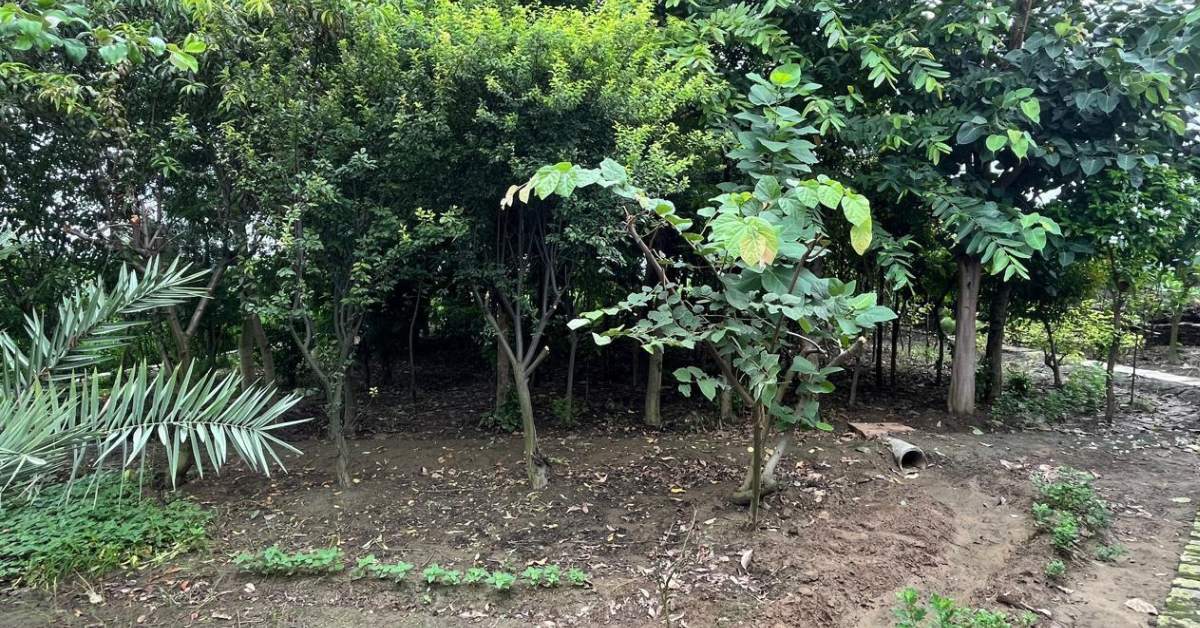
Over time, what was barren grew to become inexperienced and alive. “Now we see prinias, kingfishers, coucals, purple sunbirds, and sparrows on a regular basis. The ecosystem is therapeutic,” he provides.
These mini forests usually are not remoted patches however a part of a wider ecological technique. Past shade and wonder, native bushes preserve water, regenerate soil well being, and assist biodiversity. Vishal explains, “Timber enhance soil moisture, scale back evaporation, and create micro-channels that maintain rainwater. An acre of forest can save over 12 million litres of water yearly in comparison with typical paddy fields.”
Gurpreet reinforces the connection: “Water and bushes are intertwined. By defending one, we safeguard the opposite. Punjab’s future is determined by this stability.”
Commercial
Who owns a mini forest? The facility of native delight
This stability is being rebuilt not via imposition however collaboration. A lot of the land is government-owned, however when people like Inderjit provide non-public land, it fosters co-ownership and duty. “Villages take possession, and that’s the reason survival charges of bushes are so excessive,” says Vishal.
In lots of locations, colleges are concerned, turning forests into dwelling lecture rooms the place kids study ecology and conservation. “Youngsters see the bushes develop and be taught to respect nature,” Inderjit smiles. “It crops seeds of consciousness that may final generations.”
From planting just a few saplings in a single village, The Billion Tree Venture has grown right into a statewide motion spanning 17 districts. Every of the three million bushes has been fastidiously tracked, with survival charges monitored via rigorous documentation and native engagement.
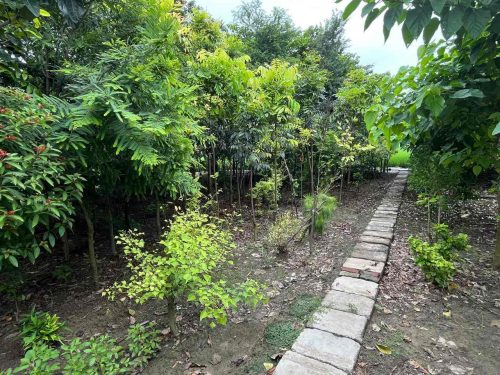
“We don’t simply plant and stroll away,” says Vishal. “We map every website utilizing KML Polygons — satellite-based instruments that log the precise coordinates of each mini forest. This lets us preserve a digital file, confirm areas, and observe progress.”
How forests are feeding households
The undertaking’s social affect matches its ecological beneficial properties. Past bushes, it has turn out to be a supply of livelihood for 1000’s in rural Punjab. Round 120 individuals work at its nurseries, and the initiative collaborates with the Mahatma Gandhi Nationwide Rural Employment Assure Act (MGNREGA) to scale up plantations.
By the top of 2024, TBTP had generated greater than 15,000 jobs via MGNREGA, most stuffed by ladies and younger individuals. These roles prolong past wages, involving environmental custodianship from land preparation to sapling care.
Commercial
“MGNREGA has been instrumental in bringing in native employees who not solely earn but additionally develop a way of duty in the direction of the land. When somebody helps increase a forest from scratch, it turns into private,” says Vishal.
He has watched younger individuals develop into group leaders via this work. “They educate their neighbours, advocate for conservation, and carry the torch ahead,” he provides.
Because the solar units over Rajinder Nagar, Inderjit walks slowly via his forest. “That is the Punjab I keep in mind as a baby — lush, vibrant, alive. It’s coming again,” he says. In Lang, Romanpreet watches butterflies flit via the branches.
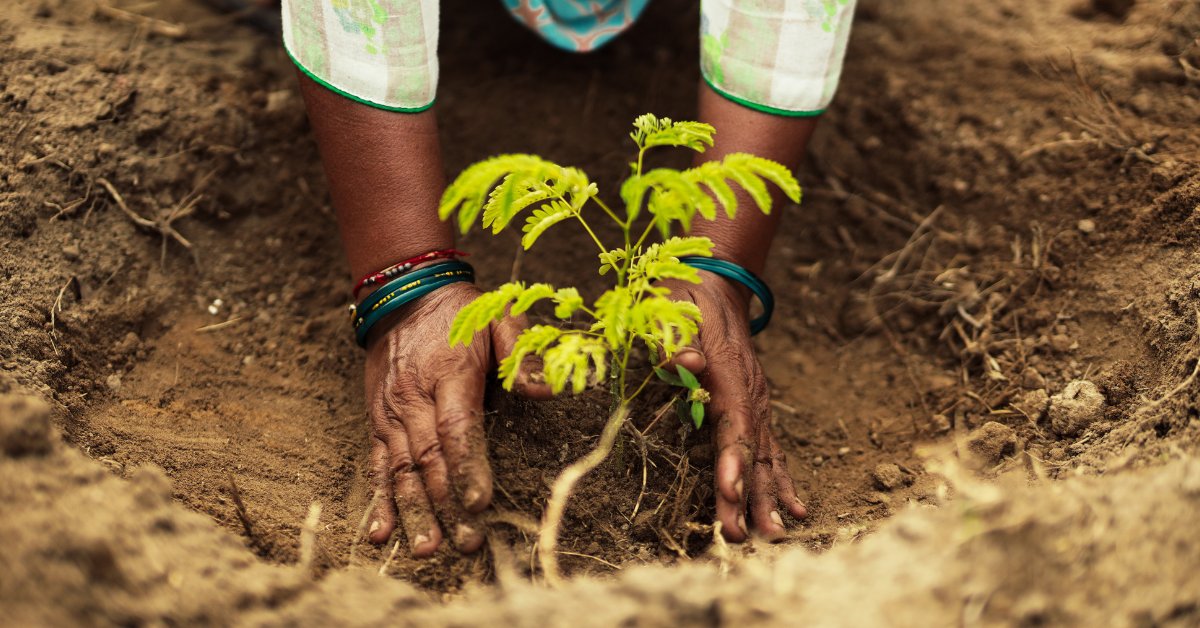
In the end, The Billion Tree Venture just isn’t solely about greening land however about rekindling id, reviving group, and reimagining a future in concord with nature. Gurpreet places it aptly:
“Planting a tree is an act of religion sooner or later. It’s a promise that we care, that we’ll nurture, and that we imagine within the resilience of this land and its individuals.”
All photos courtesy Roundglass Basis
Commercial